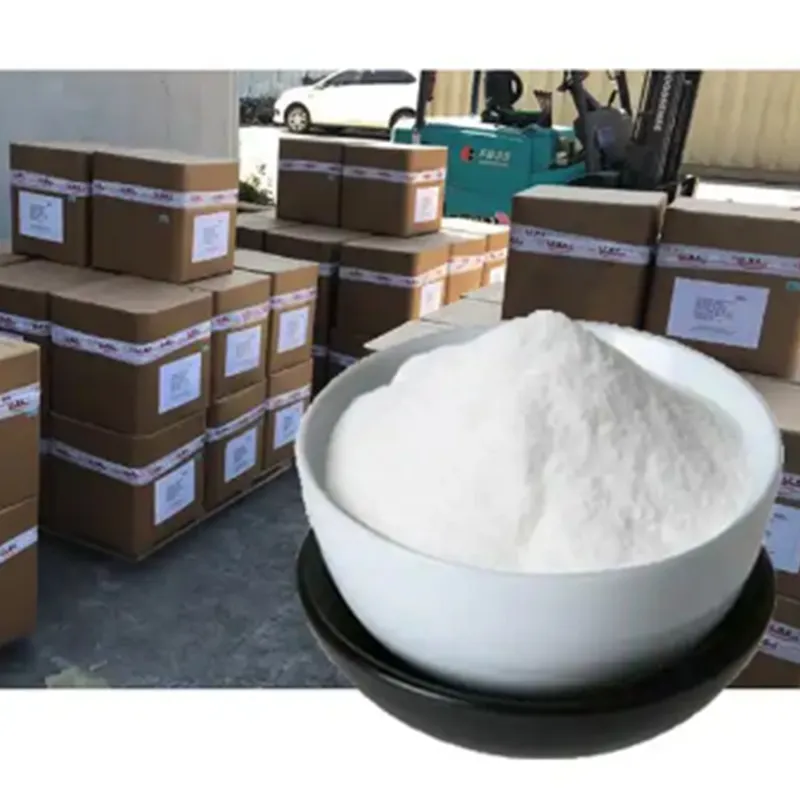
Using Acetic Acid for Food Preservation and Safety Enhancements
Acetic Acid as a Preservative A Natural Solution for Food Preservation
The quest for effective food preservation methods is as old as civilization itself. Among the myriad of preservatives used throughout history, acetic acid, the main component of vinegar, has stood out due to its effectiveness and safety. As a natural preservative, acetic acid has gained popularity in recent years, particularly as consumers become increasingly wary of synthetic additives.
Acetic Acid as a Preservative A Natural Solution for Food Preservation
One of the primary benefits of using acetic acid as a preservative is its ability to extend the shelf life of products while maintaining their flavor and nutritional value. Unlike synthetic preservatives, which may alter the taste or texture of food, acetic acid enhances flavor profiles, particularly in pickling processes. The subtle tartness of vinegar complements the natural flavors of vegetables, making pickled products both delicious and safe for consumption over extended periods.
acetic acid as preservative

Moreover, acetic acid is favored for its low toxicity and generally recognized as safe (GRAS) status. Consumers are increasingly looking for clean labels and natural ingredients in their food products, and acetic acid fits that requirement perfectly. It not only preserves food but also contributes to the rise of fermented foods, which are celebrated for their health benefits, including improved digestion and gut health.
However, utilizing acetic acid as a preservative does have some limitations. The concentration of acetic acid needs to be carefully managed to ensure effective preservation without compromising the taste. Typically, a concentration of 4% to 10% is used in various food applications, depending on the type of food being preserved. Furthermore, it may not be suitable for all types of food products, particularly those that require refrigeration or have a high moisture content.
In summary, acetic acid stands out as a safe, natural, and effective preservative that enhances food longevity without the side effects typically associated with synthetic additives. As the demand for clean-label products continues to rise, acetic acid's role in food preservation is likely to expand. Its versatility and efficacy make it a valuable tool for both home cooks and commercial food producers looking to maintain food safety while providing delicious, wholesome products. Embracing acetic acid as a preservative not only honors traditional cooking practices but also aligns with modern consumer preferences for healthier, natural food options.
-
Aluminum Hydroxide: Quality Gels & Dried Gel AntacidNewsAug.31,2025
-
Buy High-Quality Trichloroisocyanuric Acid for Sale | TCCA 90% SupplierNewsAug.30,2025
-
Pure Sodium Dichloroisocyanurate Dihydrate | Powerful DisinfectantNewsAug.29,2025
-
Industrial Chemicals: Quality & Purity for Every IndustryNewsAug.28,2025
-
Nitrile Rubber Honoring Strict Production StandardsNewsAug.22,2025
-
Aspartame Ingredients Honoring Food Safety ValuesNewsAug.22,2025
-
Fertilizer for Balanced Plant NutritionNewsAug.22,2025
Hebei Tenger Chemical Technology Co., Ltd. focuses on the chemical industry and is committed to the export service of chemical raw materials.
-

view more DiethanolisopropanolamineIn the ever-growing field of chemical solutions, diethanolisopropanolamine (DEIPA) stands out as a versatile and important compound. Due to its unique chemical structure and properties, DEIPA is of interest to various industries including construction, personal care, and agriculture. -

view more TriisopropanolamineTriisopropanolamine (TIPA) alkanol amine substance, is a kind of alcohol amine compound with amino and alcohol hydroxyl, and because of its molecules contains both amino and hydroxyl. -

view more Tetramethyl Thiuram DisulfideTetramethyl thiuram disulfide, also known as TMTD, is a white to light-yellow powder with a distinct sulfur-like odor. It is soluble in organic solvents such as benzene, acetone, and ethyl acetate, making it highly versatile for use in different formulations. TMTD is known for its excellent vulcanization acceleration properties, which makes it a key ingredient in the production of rubber products. Additionally, it acts as an effective fungicide and bactericide, making it valuable in agricultural applications. Its high purity and stability ensure consistent performance, making it a preferred choice for manufacturers across various industries.





